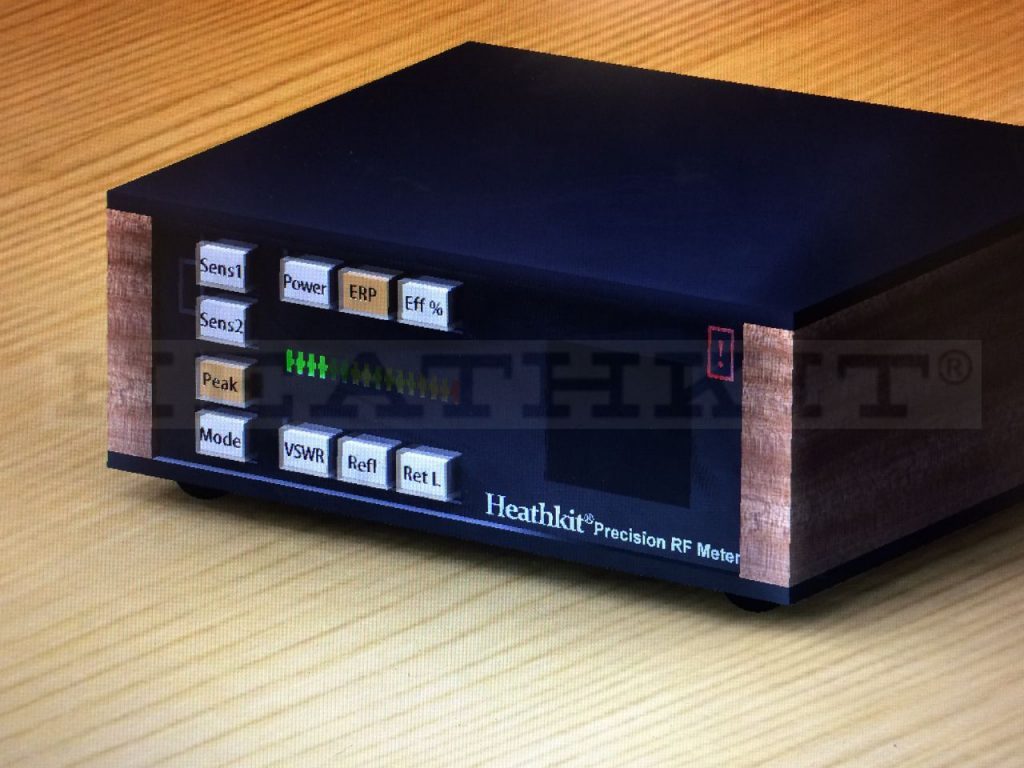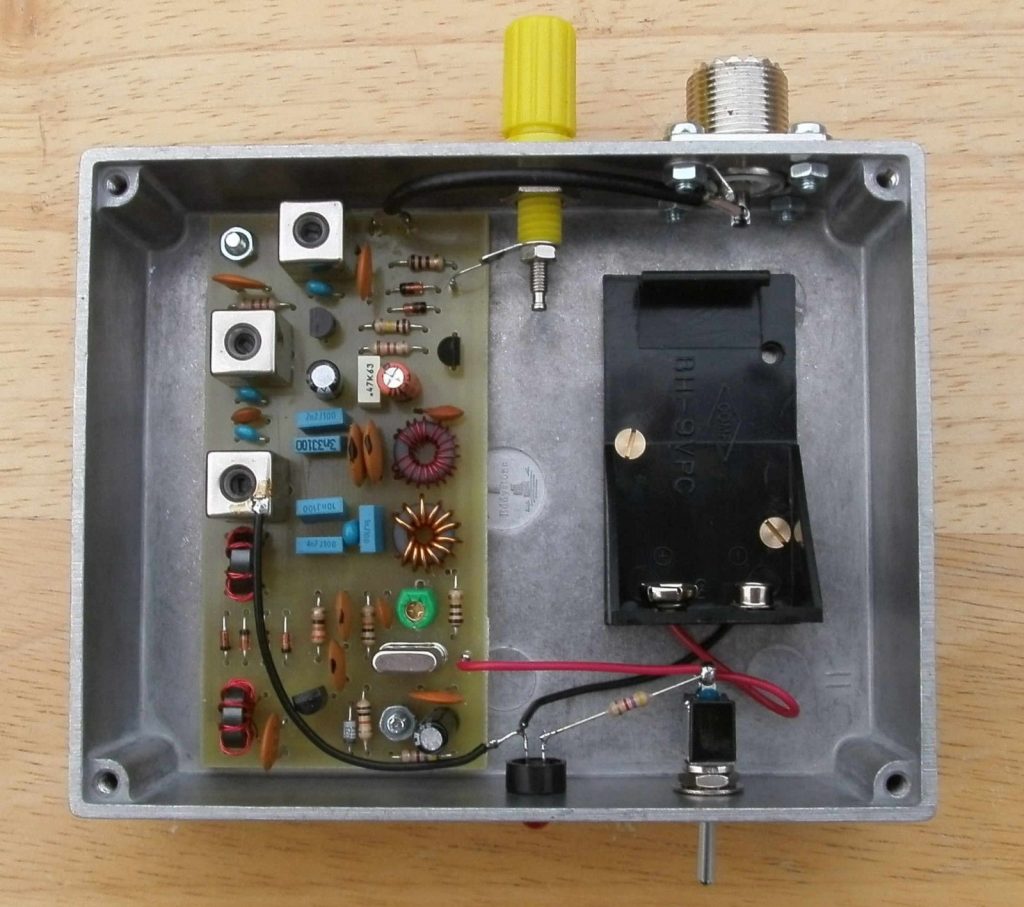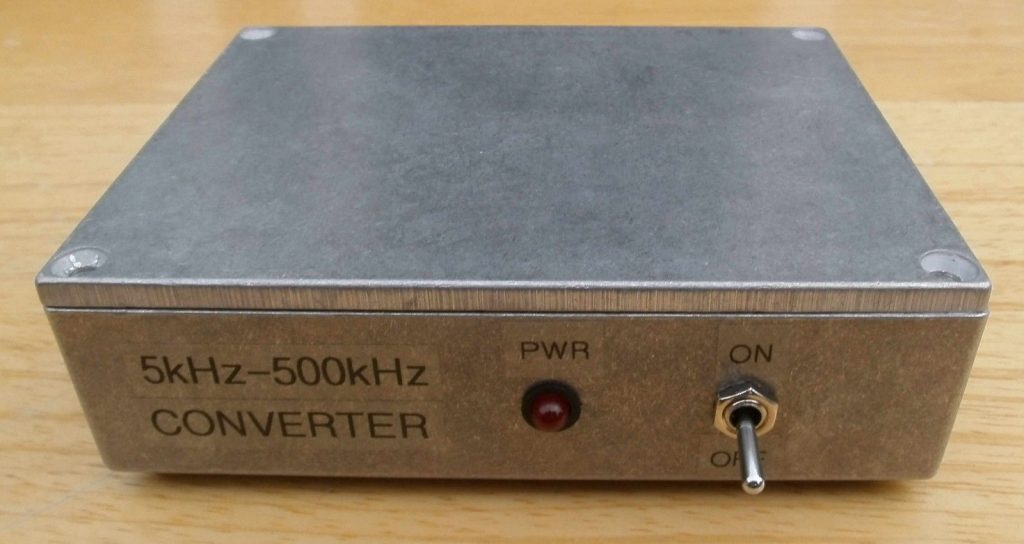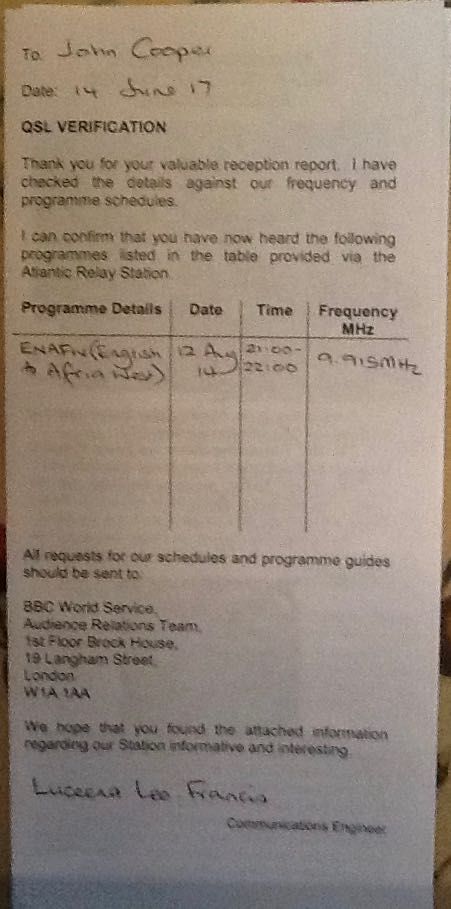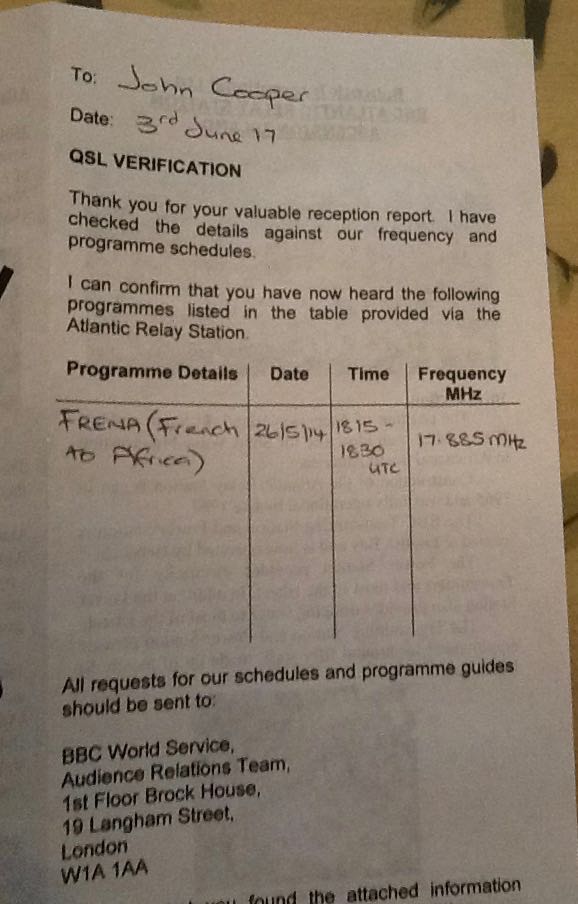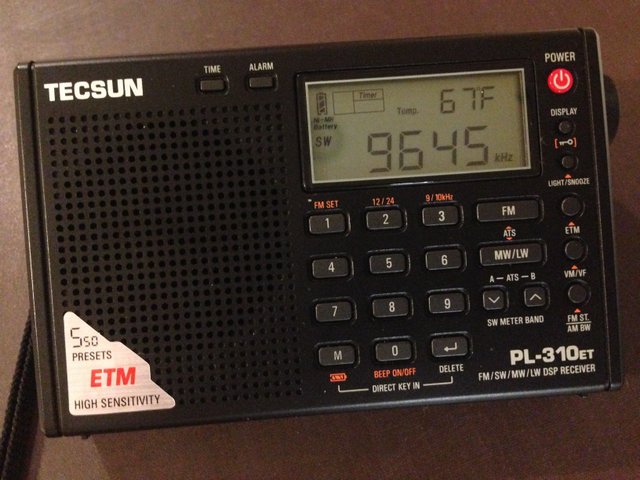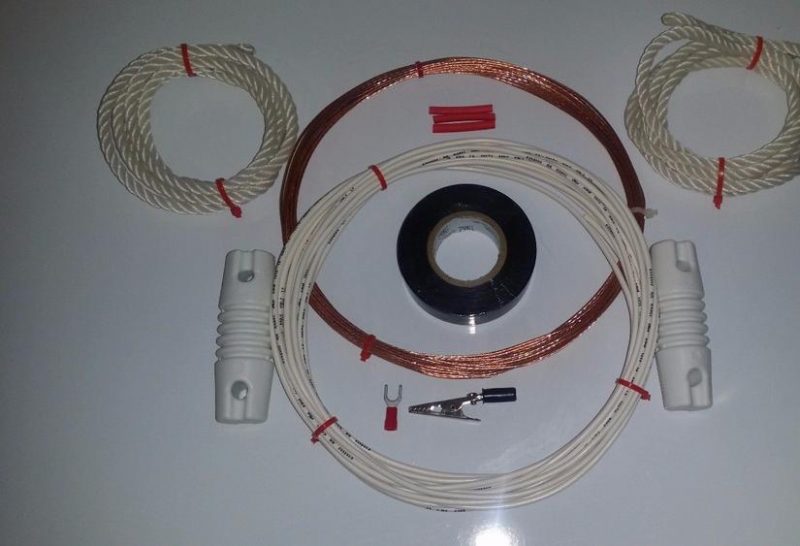Heathkit recently sent the following link to their “Insiders” email list:
Dear Heathkit Insider
We have opened advance orders for our newest product, the HM-1002 Heathkit® Precision RF Meter™, for our most loyal customers and fans. This is the first amateur radio accessory and the first test equipment kit Heathkit has produced in over 30 years.
We believe the Heathkit® Precision RF Meter™ is a landmark achievement in RF meters, in both technical features and price/performance. It is most suitable for amateur radio operators and for customers who use RF test equipment.
Its patent-pending design offers features not available in other power/SWR meters: Transmit frequency display, ERP display, efficiency measurement, many forms of peak power monitoring, smart alerting, both SWR and Return Loss, user-selected units (e.g. watts or dBm), autoranging for both power and frequency, QRP and QRO, superior ergonomics, and more. It’s about five times more accurate than our previous power/SWR meters, at an affordable price and exceptional quality. And it’s a Heathkit.®
This early make-to-order offering gives our most loyal customers a first-in-line position when this kit ships, probably at about the end of the summer. To thank you for your loyalty and trust, Heathkit will waive and pay standard-rate shipping on initial pre-sales orders to anywhere in the world we ship. Limit is two units per customer at this time.
If you’re the kind of builder who doesn’t want to be last in line for the best new equipment or the latest Heathkit®, this is for you. Please see our product web page for more information. Be sure to read all the pre-order details, including how to complete your order. We welcome your pre-order.
Sincerely,
the Heathkit Team
Pre-order pricing for the HM-1002 is $575.00 US.

